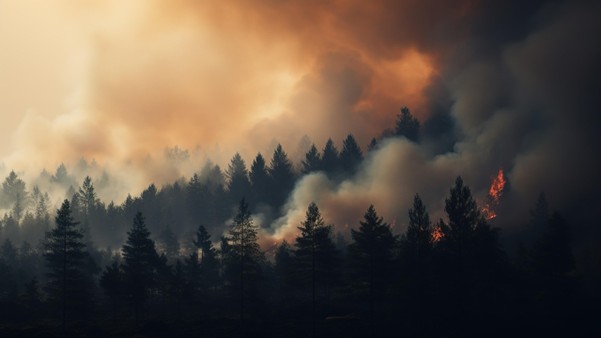Image description: Brown Wooden Gavel on Brown Wooden Table. Image by Katrin Bolovtsova / Pexels.
A German court has confirmed that major corporations with high emissions can be held liable for the impacts of their climate change contribution on communities.
This came as part of the overall ruling in the case of Peruvian farmer Saúl Luciano Lliuya against energy giant RWE. 10 years ago, Mr Lliuya sued the energy company, alleging that it should be held liable for its contribution to the climate damage that is causing glaciers near his farm to melt, meaning Lake Palcacocha now has four times as much water than in 2003, putting him at risk of catastrophic flooding and needing to invest in dams and drainage structures.
RWE, the largest electricity producer in Germany, said it was not active in Peru and questioned why it was singled out. It also pointed to its plans to phase out its coal-fired power plants and become carbon neutral by 2040.
Making Polluters Pay
Mr Lliuya said that he chose the company because a 2013 database tracking historic emissions from major fossil fuel producers listed the German energy giant as one of the biggest polluters in Europe. Based on RWE’s contribution to global emissions of greenhouse gases (0.38 percent at the time), the case sought compensation for that share of the incurred costs of flood protection measures (i.e., € 17,000/ £14,250) – money Mr Lliuya said he would use to pay for a flood defence project to protect the city.
Although the Court dismissed Mr Lliuya’s claim on the basis that he was not at sufficient risk to warrant compensation, the overall ruling could be huge for future climate accountability cases. Under the ‘polluter pays’ principle, the ruling means that future cases could demand actual remedies from companies – for example, to fund the mitigation of flood risks.
This case has been groundbreaking from the start, particularly in its use of climate attribution science. A recently published study has now been able to lay out a scientific framework for holding individual fossil fuel companies liable for the costs of climate change, by tracing specific damages back to their emissions. This could further strengthen the case for future plaintiffs, as they will be able to calculate contributions made by individual companies to rising temperatures, tying their emissions directly to extreme-heat disasters.
Global temperatures to remain at or near record levels in coming 5 years
Image description: Silhouettes of pine trees engulfed in the smoke of a forest fire. Image by Vlad Aivazovsky / Pixabay
This is particularly relevant when Global climate predictions show temperatures are expected to continue at or near record levels in the next five years, increasing climate risks and impacts on societies, economies and sustainable development, according to a new report from the World Meteorological Organization (WMO).
The WMO report WMO Global Annual to Decadal Climate Update (2025-2029) forecasts that the annually averaged global mean near-surface temperature for each year between 2025 and 2029 is predicted to be between 1.2°C and 1.9°C higher than the average over the years 1850-1900.
There is an 80% chance that at least one year between 2025 and 2029 will be warmer than the warmest year on record (currently 2024) and an 86% chance that at least one year will be more than 1.5°C above the pre-industrial level. The report does not give global predictions for individual years.
There is a forecast 70% chance that the five-year average warming for 2025-2029 will be more than 1.5°C, according to the report. This is up from 47% in last year’s report (for the 2024-2028 period) and up from 32% in the 2023 report for the 2023-2027 period.

